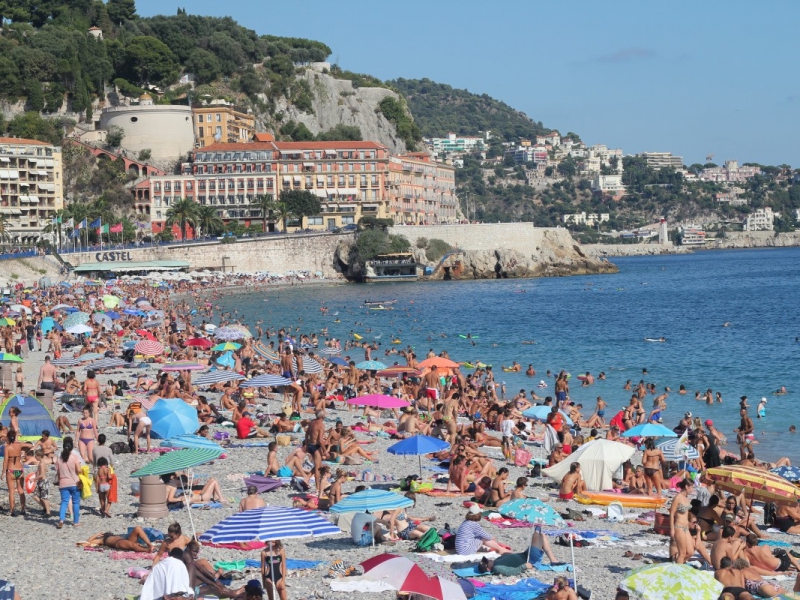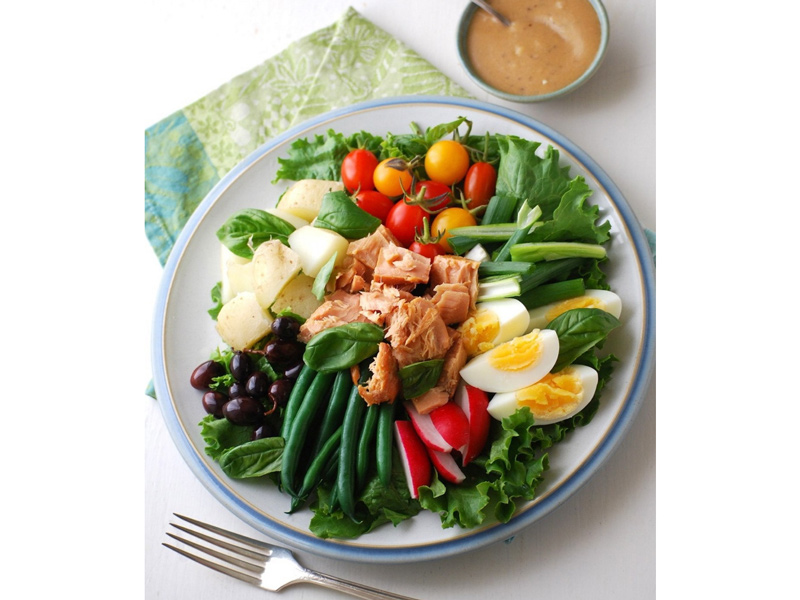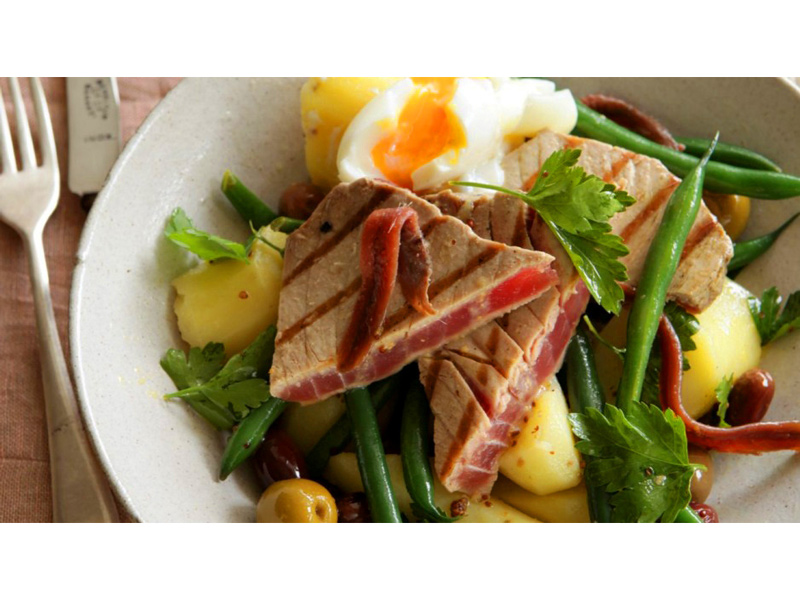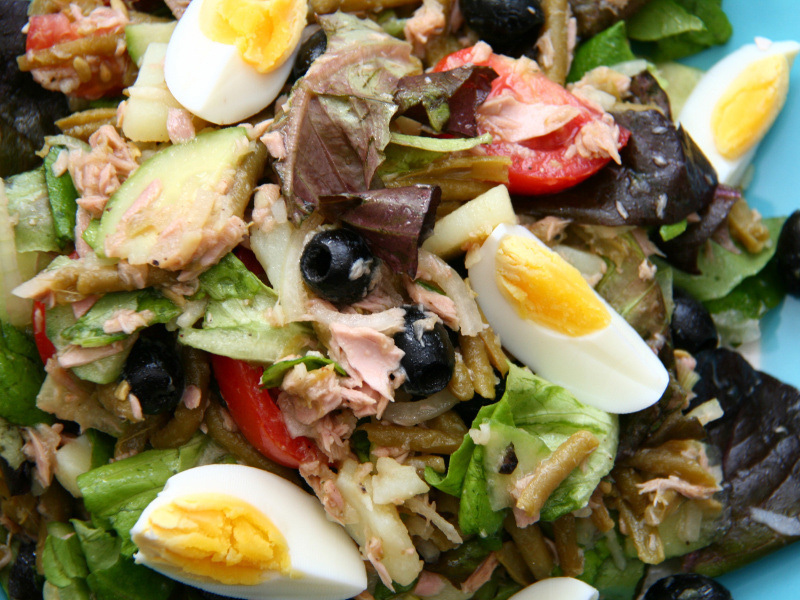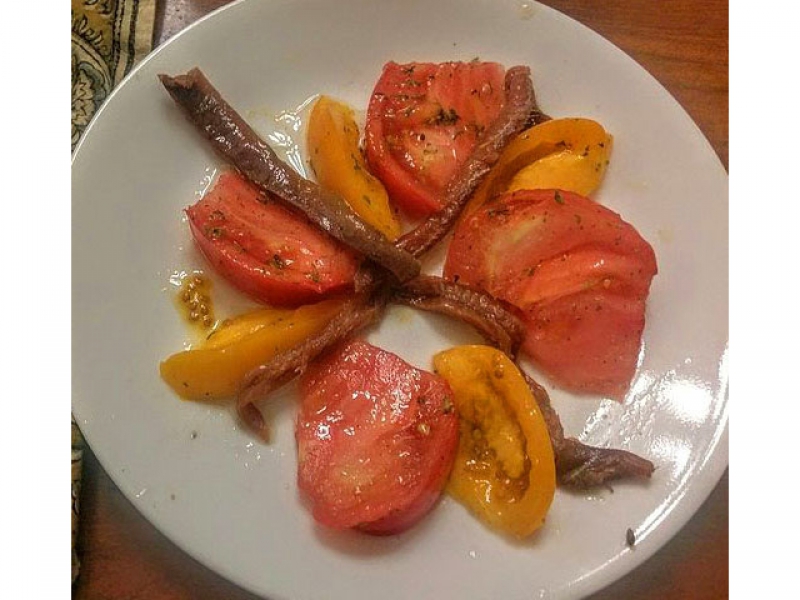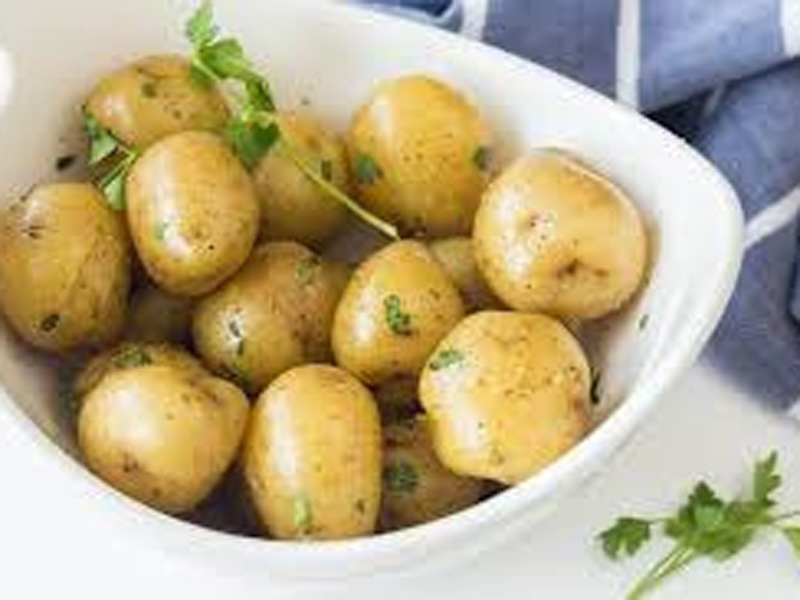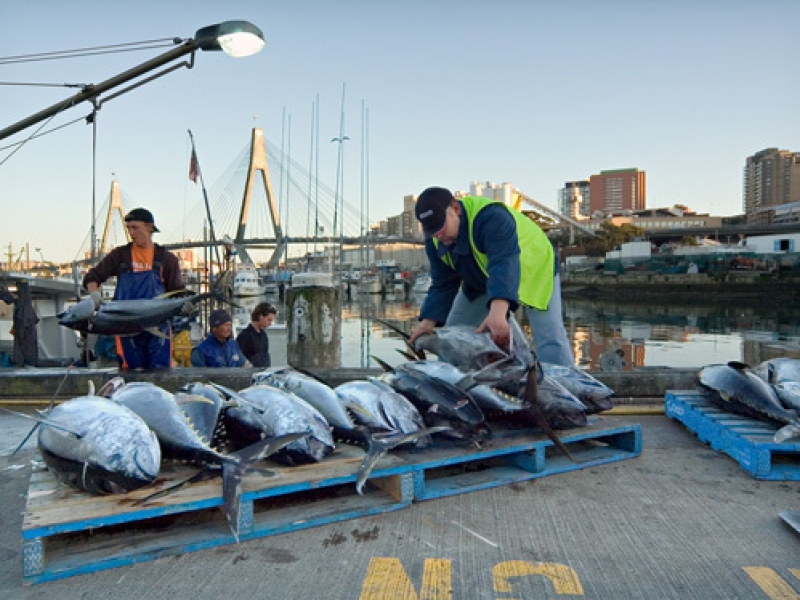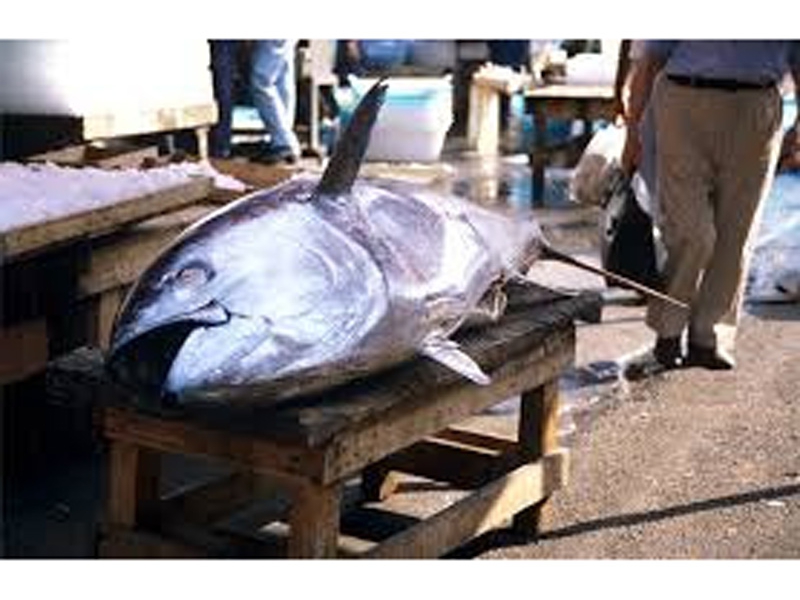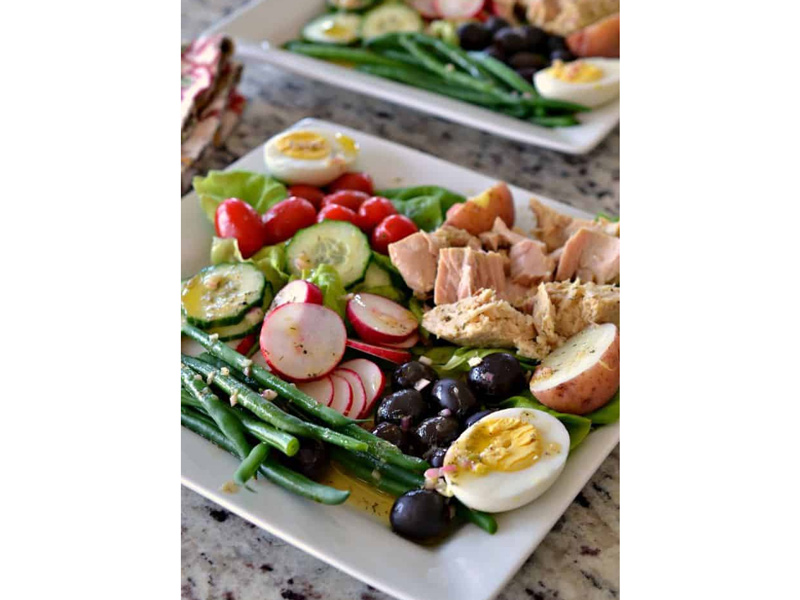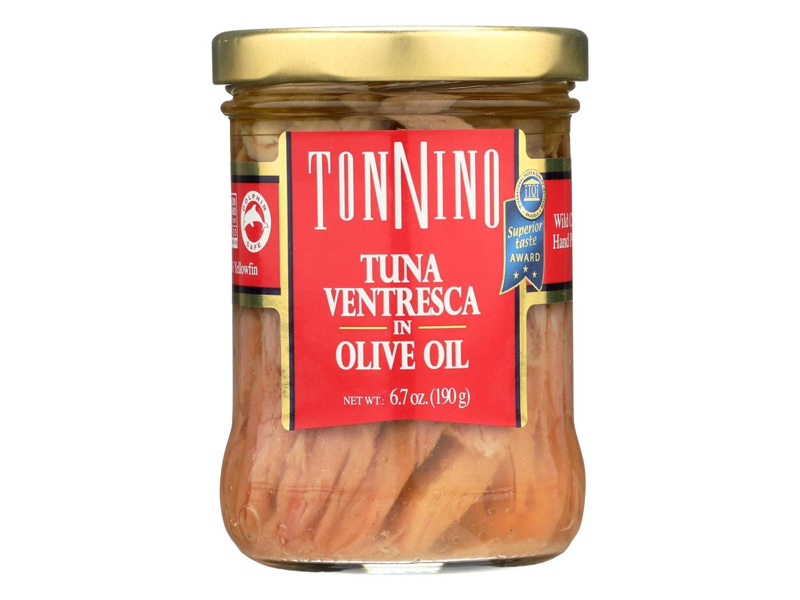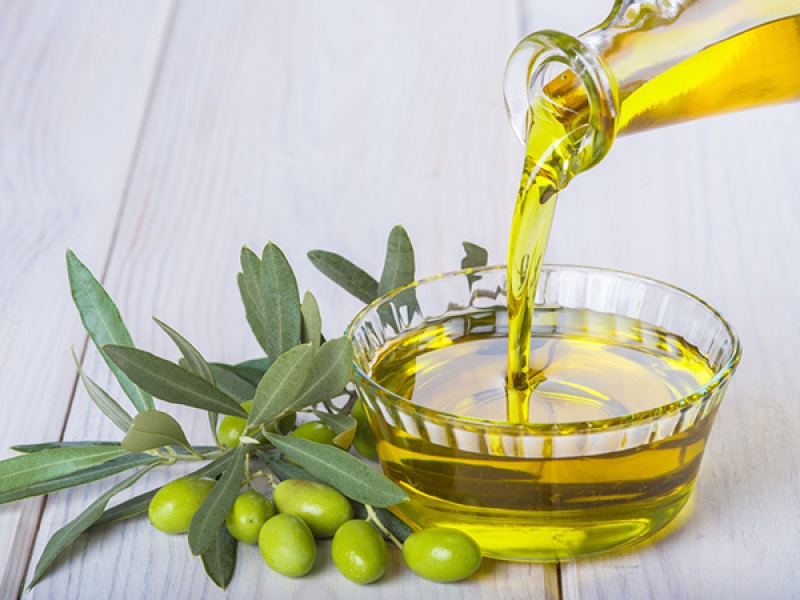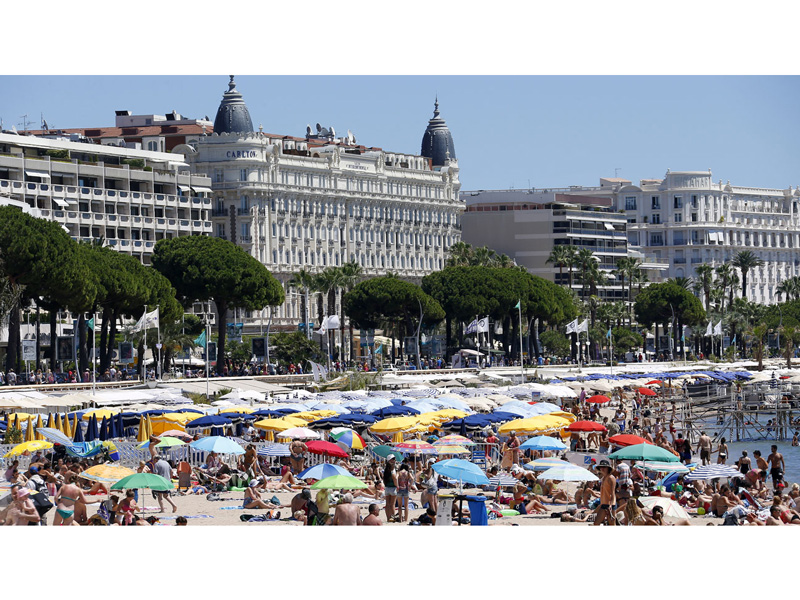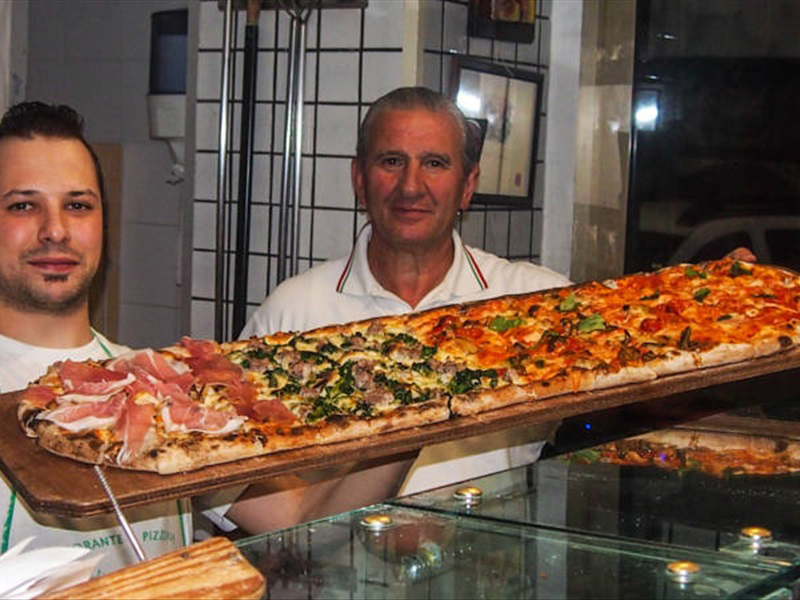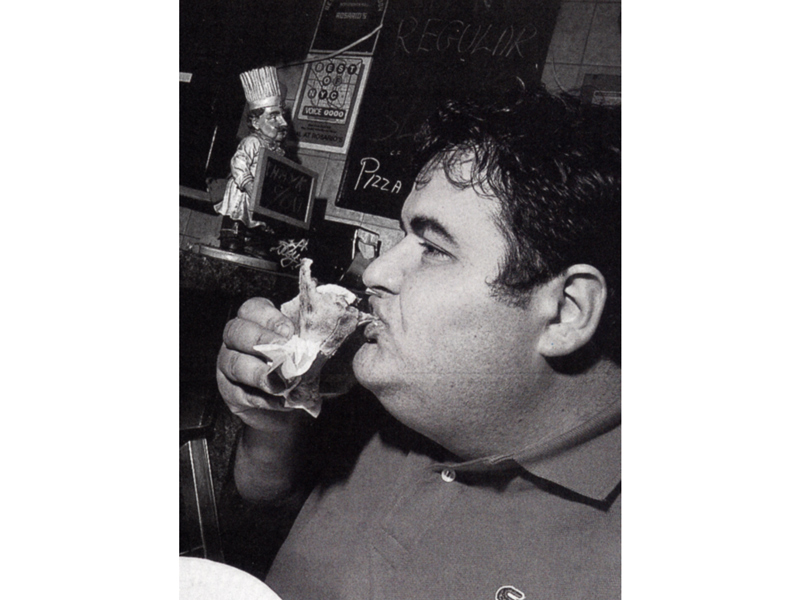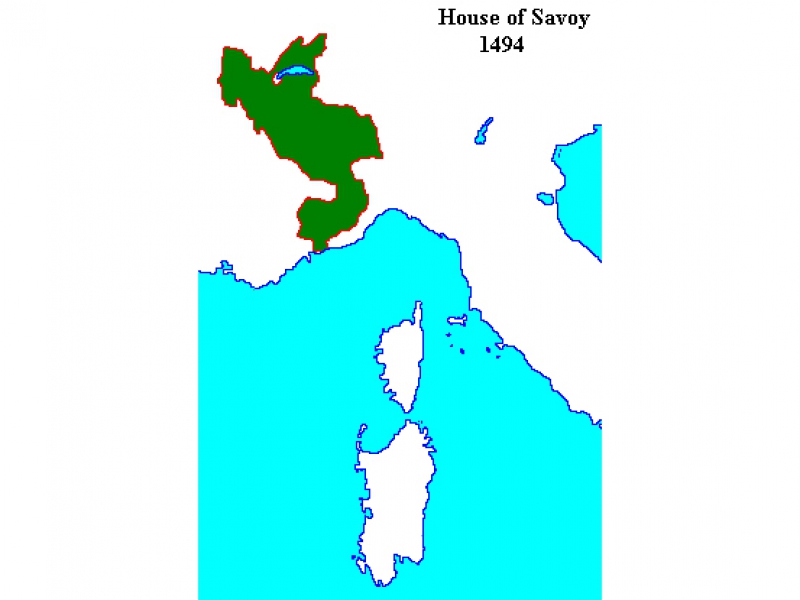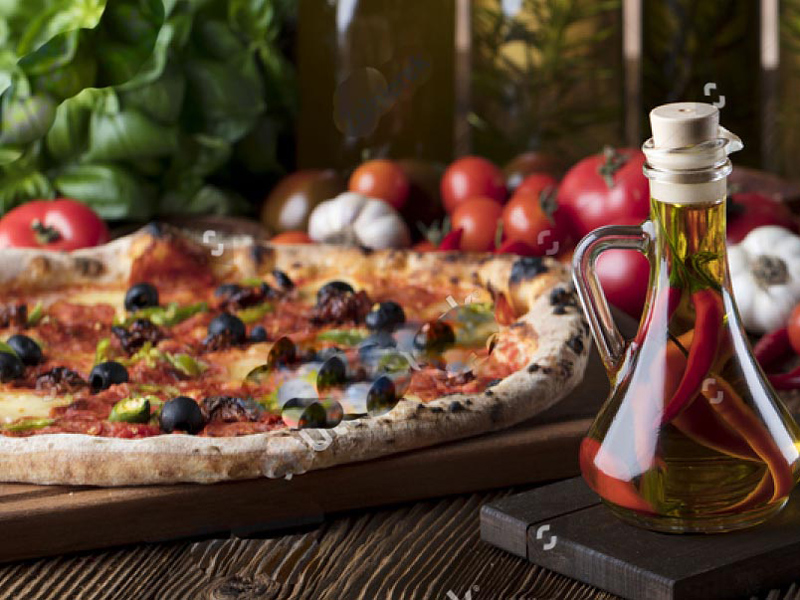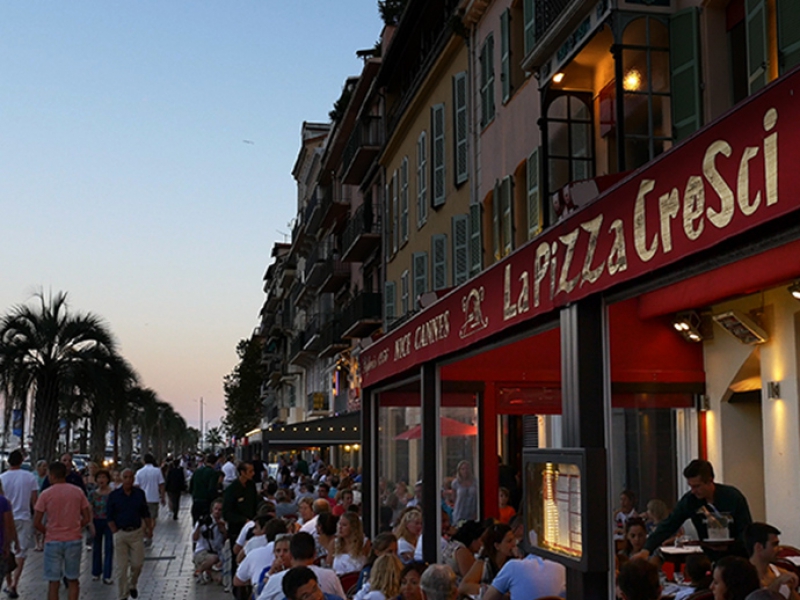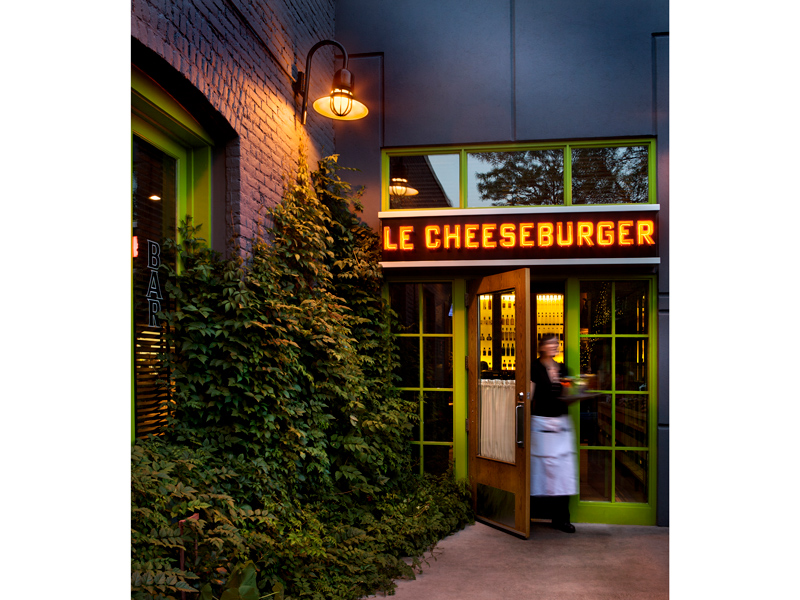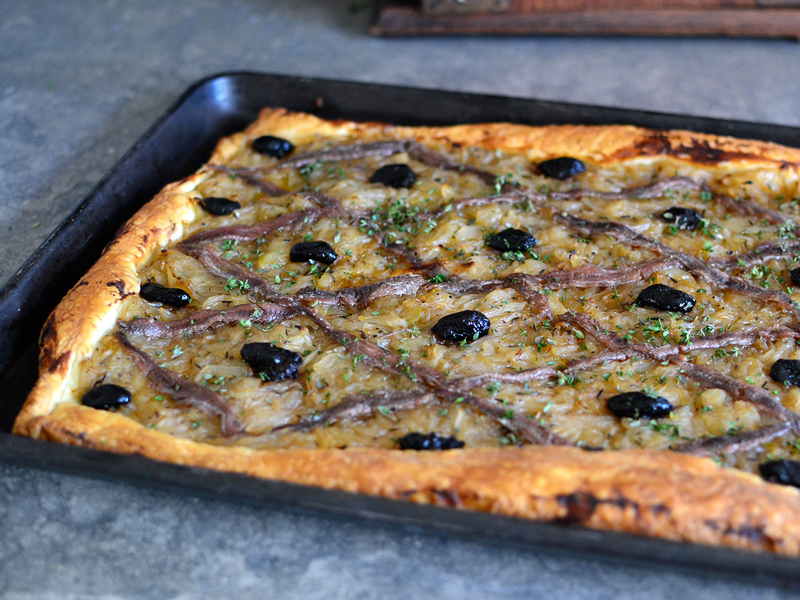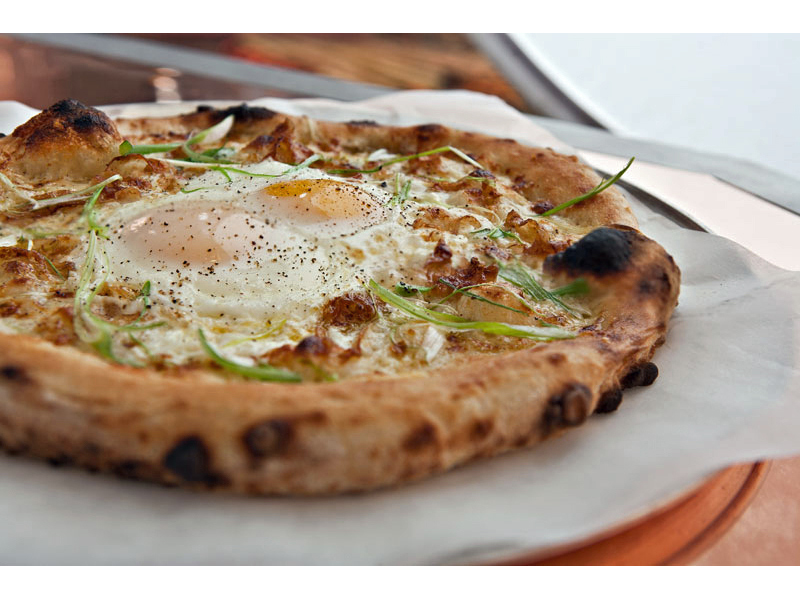It was July. And it was hotter than hell. We were in France last month when the temperature reached 114 degrees, a record high for the country.
Luckily, we happened to be in Nice at the time, where a prevailing soft breeze from the Mediterranean made the temperature endurable. Still, the air was hot, heavy and humid. And in weather like that, just about the only lunch dishes that appealed were salads.
This being Nice, that meant Salade Niçoise (“the finest summer salad of all,” according to celebrity chef Gordon Ramsay).
Now, I thought I knew a lot about the dish. After all, we feature a great Salade Niçoise right here at SALUT. And over the years, I’ve encountered endless versions and perversions of it. Salade Niçoise Pizza, anyone? What about a Niçoise Burger?
As for the salads, sometimes they’re tossed, other times carefully and artfully composed. Occasionally they’re deconstructed. One was crammed into a jar and subjected to vigorous shakes before the server emptied the contents on my plate.
On this most recent trip, what caused me to snap to attention was my first Salade Niçoise in Nice. It arrived without green beans or new potatoes – just anchovy, tomato, egg, canned Ventresca belly meat tuna, and little black Niçoise olives.” A grande deception!!!”
But it didn’t stop there. None of the Salades Niçoise that I ordered in Nice (probably six to eight) came with green beans or potatoes.
I had to find out why.
After a little investigation, I learned that I was the idiot…. (well, maybe not an idiot….but unaware of a longstanding controversy on just this topic.).
For decades, French culinarians have divided themselves into two camps (we’ll call them the Traditionalists and the Innovators) regarding what ingredients should or should not be included in a Salade Niçoise. It’s reported that in the early nineteenth century, the salad simply consisted of fresh tomatoes, anchovies, hard cooked egg and olive oil. Hewing to this recipe, Traditionalists like the French politician and cookbook author Jacques Medecin said, “NEVER, NEVER, I beg you, include boiled potatoes in your Salade Niçoise.”
It would appear that the traditionalists have prevailed in Nice, but everywhere else the Innovators have gained the upper hand, trampling tradition by adding red peppers, artichoke hearts, shallots, red onion, garlic, and basil – even shrimp – not to mention the evil green beans and new potatoes.
Then again, green beans and potatoes were good enough for Auguste Escoffier, the father of classic French cuisine. Likewise, the esteemed French chef and restaurateur Helene Darroze endorsed a more modern version when she posted a potato and bean-laden recipe online. Reaction to her post was swift and severe, however. Purists called it a “MASSACRE OF THE RECIPE…A VIOLATION OF ANCESTRAL TRADITIONS!” In response, Darroze acknowledged that “It’s dangerous to innovate.”
So the first big battle line was drawn: potatoes and beans, “Oui” or “Non?”
But there’s a second battle, too. This one concerns the tuna: Should it be fresh or canned?”
At Salut, we use grilled fresh tuna. Cookbook author Jacques Pepin also falls into the Innovator camp, though he prefers sautéed fresh tuna.
On the other side is legendary New York Times food critic Mimi Sheraton, who wrote that “Salade Niçoise with fresh tuna is a travesty and if you like it, YOU ARE WRONG!”
To round out the tuna wars, Guilliano Hazan, the son of Marcella and Victor Hazan, writes, “Fresh tuna cannot compare with the irresistible flavor of good Mediterranean tuna packed in olive oil. People who think that they can improve a Salade Niçoise by using fresh tuna instead of EVOO-packed canned tuna are making a big mistake.”
Well, there you have it. Experts disagree.
My opinion? I prefer the canned. But I don’t think that most Minnesotans would necessarily agree. My belief is that our population has been profoundly imprinted by Starkist and Bumble Bee for all too many years and even though the canned product Hazan recommends is Ventresca tuna belly meat (the sushi-grade tastiest part of the fish, delicate and buttery) many people would consider it a step down…just because it’s canned.
But really, there are no bad answers. If you use high-quality ingredients, drizzled with extra virgin olive oil and sprinkled with Maldon salt, your Salade Niçoise will be delicious even if you feel the need to make it in a jar.
WTF
Phil

